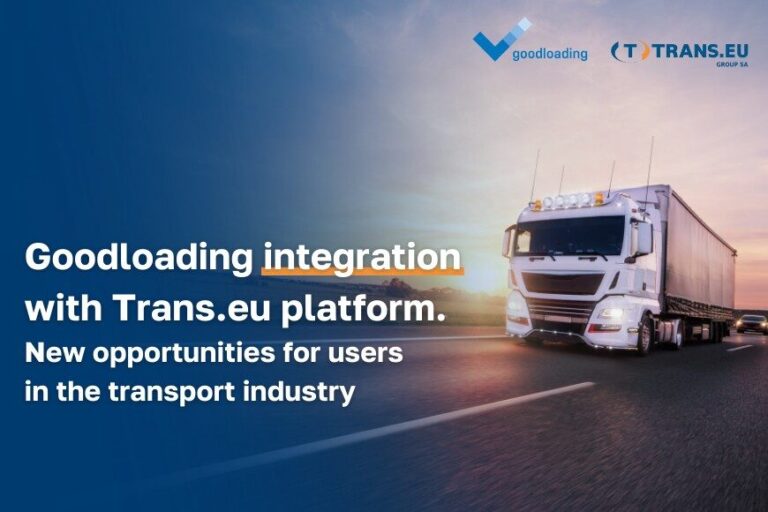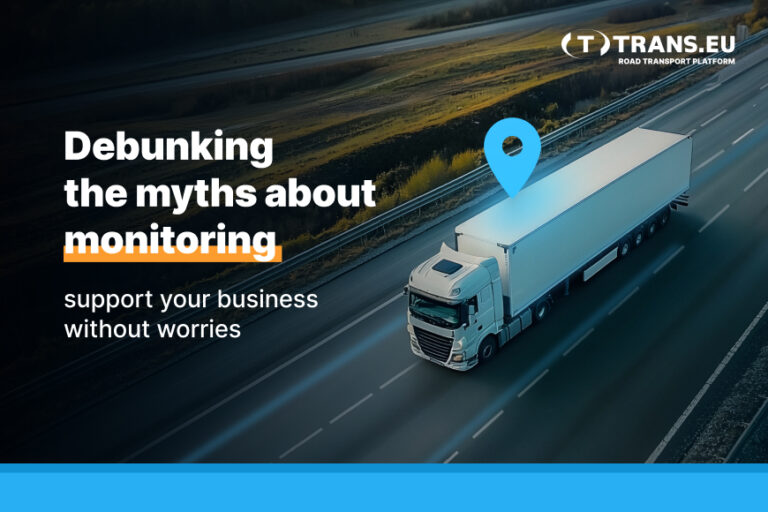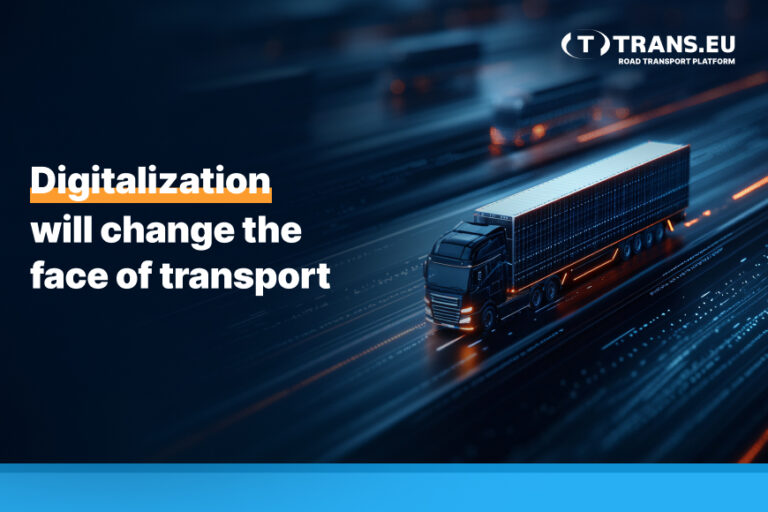The article is part of the report Transportation Market 2024/2025: Conclusions, Forecasts, Challenges. Need more information?
The road transport industry is currently experiencing significant changes due to the need to comply with the environmental requirements of the European Union. The Green Deal, a pillar of the EU’s climate policy, establishes ambitious targets for reducing greenhouse gas emissions and promoting more sustainable business practices. For transportation companies, this means they need to invest in new technologies and completely change the way they do business.
Transformation Costs Money
A significant challenge in this area pertains to the cost of investing in new technologies.
Reducing emissions requires significant financial investment, including the introduction of electric vehicles and the use of alternative fuels (LNG, biogas, HVO 100). The upfront cost of electric vehicles, their limited range, and the absence of sufficient charging infrastructure represent significant obstacles for many companies, particularly small and medium-sized enterprises.
Despite many promises to invest in infrastructure, the development of a network of chargers, alternative fueling stations, or intermodal rail in many regions of Europe is slow. This can lead to increased operational costs as companies are often compelled to identify solutions independently. Another challenge is the varying approaches to climate policy and the timing of regulations and financial support implementation among EU countries. Such discrepancies, with such high costs, affect the competitiveness of those involved in the supply chain.
The introduction of ESG reporting represents a positive development, offering an opportunity to evaluate companies’ past conduct with regard to their environmental, social, and governance impacts. However, the lack of uniform reporting templates remains a challenge. Because of this, each company may use its own way of reporting information. This can lead to confusion, difficulty in comparing data, and the risk of incomplete or inconsistent reporting of key information.
55%
This is the percentage of greenhouse gas reductions the European Commission is targeting by 2030. This is the first climate target to be implemented as part of the Fit for 55 package. By 2035, internal combustion vehicles are to disappear from the market, to be replaced primarily by electric trucks. The EU economy is on track to reach net-zero carbon emissions by 2050.
Reporting Makes Sense
It should be noted that the statutory obligation of non-financial reporting will not apply to all companies at the same time. However, those affected by this obligation will expect their business partners to participate in the process. Consequently, certain elements of reporting will be extended to other cooperating entities. The initial phase of ESG is characterized by numerous uncertainties, necessitating a period of standardization and adaptation of guidelines.
Another key challenge in comprehending climate policy is the limited awareness and inadequate education. While climate policy is ambitious, it is not always communicated effectively, which can lead to resistance to change and misunderstanding of its goals.
Despite initial confusion and possible accusations of excessive bureaucracy, ESG reporting can play an important role in building climate awareness. The requirement to accurately monitor and report on the environmental impact of operations will allow companies to better understand their own operations, as well as their consequences. In the long term, this can contribute to a change in the approach to doing business and better implementation of sustainable development principles.
As a conscientious participant in the transportation market, we are committed to the active development of sustainable practices. A central component of this strategy is the advancement of intermodal transportation. This mode of transportation is an effective solution to reduce the negative impact on the environment and society, especially when complemented with low- and zero-emission vehicles in the process of the so-called first and last mile, which is also happening in our country. However, intermodal transport, despite its benefits, is also much more complex than traditional road transport.
Intermodal Transport Requires Infrastructure
The complexity of this solution stems from the need to involve more transportation units, such as trucks, trains, and transshipment terminals. Such a structure necessitates a significant investment, both in terms of infrastructure — the development of terminals and rail links — and the organization of the entire logistics process. The presence of adequate rail infrastructure and transshipment terminals in key locations is essential for efficient intermodal transportation, which remains challenging in many regions. To ensure the success of projects of this nature, it is essential to engage a diverse range of stakeholders, including both corporate entities and public institutions, along with sufficient financial backing.
Despite the numerous challenges and existing barriers, the evolution of the transportation sector toward sustainability also brings opportunities. Companies that align their operations with environmental requirements can gain a competitive advantage by attracting customers who will increasingly be guided by ESG principles when choosing business partners. The development of infrastructure and increased investment in green technologies over time should help reduce costs and increase operational efficiency.
How About Hybrid Solutions?
The future of transportation is marked by a fundamental transformation. Implementing this process entails significant financial and organizational challenges; therefore, thorough planning, collaboration among relevant parties, and securing financial support at the local, national, and EU levels are essential. In this process, effective communication and education are essential for both entrepreneurs and employees. This helps to ensure a comprehensive understanding of the objectives of climate policy and the strategies for achieving them.
However, it is important to note that not all approaches to achieving zero-carbon emissions are universally valid. The timeframe for achieving these goals and the implementation strategy are still subjects of discussion. Therefore, a hybrid approach is essential, combining different technologies and methods to effectively adapt operations to changing realities. A pragmatic approach to this transition, involving the incremental implementation of green solutions and the flexibility to adapt them, can not only ensure compliance but also foster the development of a more efficient and competitive transportation sector that meets the needs of both customers and the environment.





